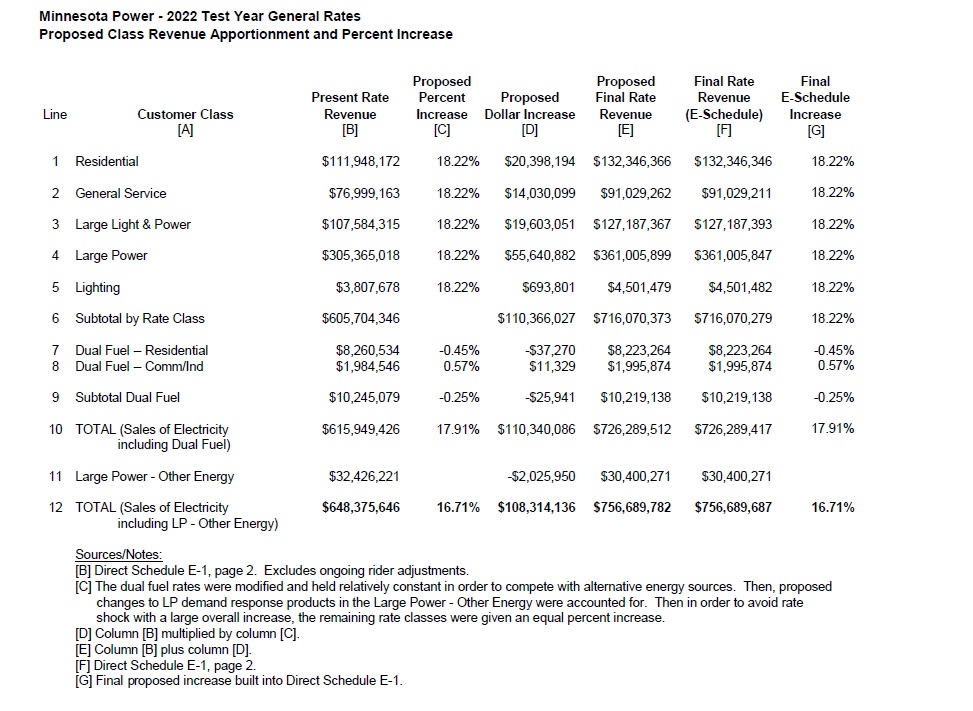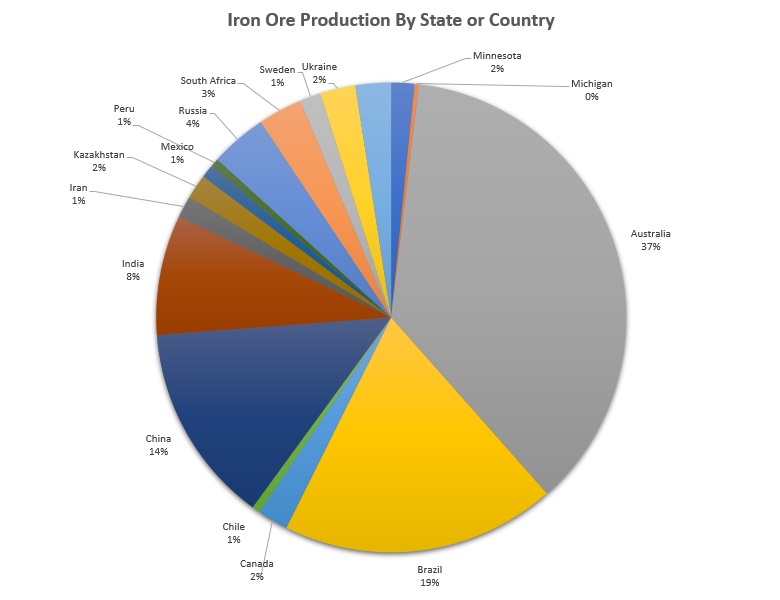How Minnesota iron mines will be hurt by Minnesota Power’s electricity price increases
Yesterday, Minnesota Power announced it would be increasing the price of electricity on its system by 18 percent to pay for its voluntary pursuit of more renewable energy sources, resulting in higher bills for their customers.
While residential and commercial customers will feel the pain, their increase in electricity costs pales in comparison to the huge bills Minnesota iron mines will pay if this rate increase is approved by the Minnesota Pubilc Utilities Commission (PUC).
Center of the American Experiment is a proud supporter of environmentally responsible iron and copper-nickel mining in the state, but as we argued in our 2020 report Updating Prosperity bad energy policies threaten to make it too expensive to develop Minnesota’s abundance of natural resources by greatly increasing the cost of electricity.
This is a big factor that few people consider. Mining is one of the largest consumers of electricity in the state. In fact, the Minntac Mine in Mountain Iron is reported to use as much electricity and natural gas as the entire city of Minneapolis. As a result, the price of electricity is a huge factor in determining whether a mining operation can be profitable.
Unfortunately, Minnesota Power’s 18 percent rate increase for large power customers means millions in additional costs for businesses like Minnesota iron mining operations and paper mills every single year. According to a Minnesota Power filing at the PUC, these firms will see their electric bills increase by an average of $4.5 million per month, or $55 million per year.

These huge increases in costs will make it more difficult for these firms to hire and retain employees, or even remain in business. Many paper manufacturers are moving to other states with lower overhead, and it is important to remember that Minnesota only produces about 2 percent of the global iron ore mined each year.

This means it is very easy for Minnesota to get lost in the shuffle if we increase the cost of doing business here in pursuit of expensive and unreliable energy sources like wind and solar power.
Rather than put more than 4,000 high-paying iron ore mining jobs in jeopardy, Minnesota Power should be seeking to keep its costs as low as possible by keeping the Boswell Energy Center running as long as possible, and ceasing its spending spree on wind and solar power.